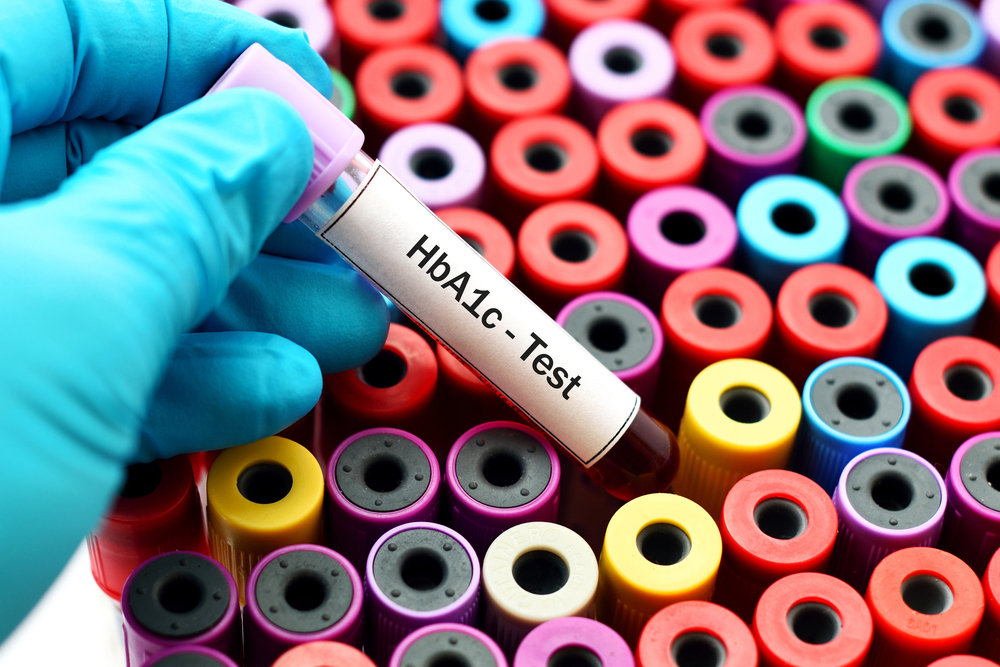Type 2 Diabetes in Children

With the onset of a fast-paced life, making the right lifestyle choices has become more critical. Over the past few decades, India has witnessed an unsettling increase in the number of children with type 2 diabetes. This alarming rise has prompted healthcare professionals, researchers, and parents to confront the factors contributing to this problematic situation.
Diabetes is a lifelong, chronic disease where the amount of insulin the pancreas produces decreases, causing the blood sugar level to rise.
There are two main types of diabetes: type 1 and type 2 diabetes.
While genetic factors cause type 1 diabetes, type 2 diabetes results from an unhealthy lifestyle. In type 1 diabetes, the body mistakes its insulin-producing cells for foreign bodies and attacks them, leading to no insulin production. Whereas in type 2 diabetes, the body cannot produce enough insulin to break down the glucose properly.
Type 2 diabetes was once considered a problem only faced by adults. However, there is a concerning surge in children with this condition, so increasing awareness and taking measures to control it is crucial. This blog will dive into the information you need to care for your child’s health, covering everything from the signs of type 2 diabetes in children to how to manage it effectively.
What is Type 2 diabetes?
Type 2 diabetes, once called ‘adult-onset diabetes’, is now seen among young kids. It is a metabolic disorder that affects how our body processes glucose, our primary energy source. In type 2 diabetes, the body develops insulin resistance and reduces insulin secretion, causing glucose to remain in the bloodstream. When glucose is not processed properly, it results in high blood sugar levels; that is type 2 diabetes.
Type 2 Diabetes Symptoms in Children
One of the challenges with type 2 diabetes is that its symptoms are subtle and develop gradually. They often go unnoticed in the early stages. However, understanding the signs of type 2 diabetes is crucial for early detection and effective management.
Here are some common type 2 diabetes symptoms to look for in children:
- Frequent urination
- Unexplainable Weight loss
- Fatigue
- Increased thirst and hunger
- Dryness of skin
- Blurry vision
- Weakness
- Slow healing of wounds and cuts
- Tingling or numbness
- Getting infections quickly
- Dark patches on the skin
- Irritability and frequent mood changes
- Vomiting or nausea
- Frequent bladder infections
Causes of diabetes in children
Type 2 diabetes has various causes. While genetics certainly play a role in causing type 2 diabetes, it also depends on lifestyle, environmental factors, and underlying metabolic changes.
Below are the causes that lead to the symptoms of diabetes mellitus:
- Family history of type 2 diabetes
- Poor dietary habits
- Obesity
- Increased exposure to endocrine-disrupting chemicals
- Disturbed sleeping patterns
Diagnosis of type 2 diabetes in children
Diabetes is diagnosed by checking the blood sugar level. It is done primarily with the help of two types of blood tests:
- Fasting Blood Sugar Test: This test is conducted after 8–12 hours of fasting. Kids’ normal fasting blood sugar range is 70–120 mg/dL.
- Oral Glucose Tolerance Test: This test is conducted two hours after drinking a sugar-based beverage. This test’s average blood sugar level is below 200 mg/dL.
- Random Blood Sugar Test: This test is conducted randomly. Children’s average blood sugar level should be below 200 mg/dL.
Complications of type 2 diabetes in children
It is crucial to check for diabetes 2 symptoms in children because it is a severe condition with long-term health risks. Here are the complications that type 2 diabetes can lead to if ignored:
- Children with type 2 diabetes are at an increased risk of developing cardiovascular problems in the future.
- Elevated blood sugar levels can strain the kidneys’ filtering system and cause kidney damage over time.
- High blood sugar levels can cause nerve damage, leading to neuropathy.
- Retinopathy is also caused by type 2 diabetes and can lead to vision loss.
- Type 2 diabetes is a leading cause of high blood pressure.
- Chronic conditions like diabetes can put children at risk of reduced bone health.
Managing diabetes in children
With proper awareness, support, and a proactive mindset, children and their families can effectively manage the challenges posed by type 2 diabetes. Here are some points for managing type 2 diabetes in children:
- A balanced diet plays a pivotal role in diabetes management. Encourage children to consume nutrient-rich foods, like whole grains, lean proteins, fruits, vegetables, and healthy fats. Limiting sugary snacks, processed foods, and beverages is crucial to helping control blood sugar levels.
- Regular exercise for weight management and improving muscle strength is essential to managing type 2 diabetes effectively.
- Monitor the blood sugar levels regularly.
- Take the medicines the doctor prescribes to control blood sugar levels from elevating.
- Regular medical check-ups are crucial to managing diabetes.
With the escalating cases of type 2 diabetes in children, lifestyle changes like following a healthy diet, exercising regularly, and following a time-bound routine have become increasingly vital. For children to live a healthy life, we must recognise the causes of chronic health conditions like type 2 diabetes and follow proper management tools to control them.














